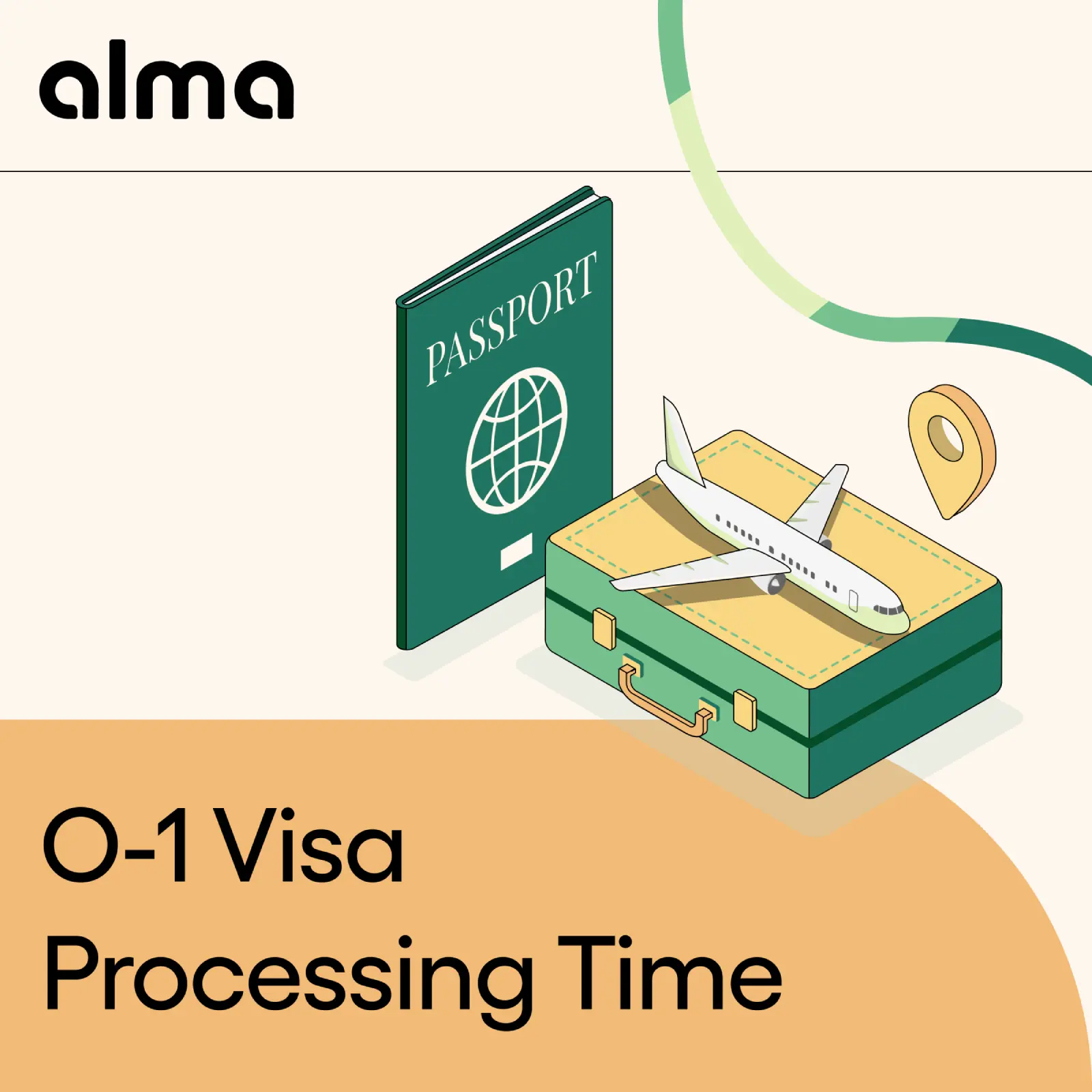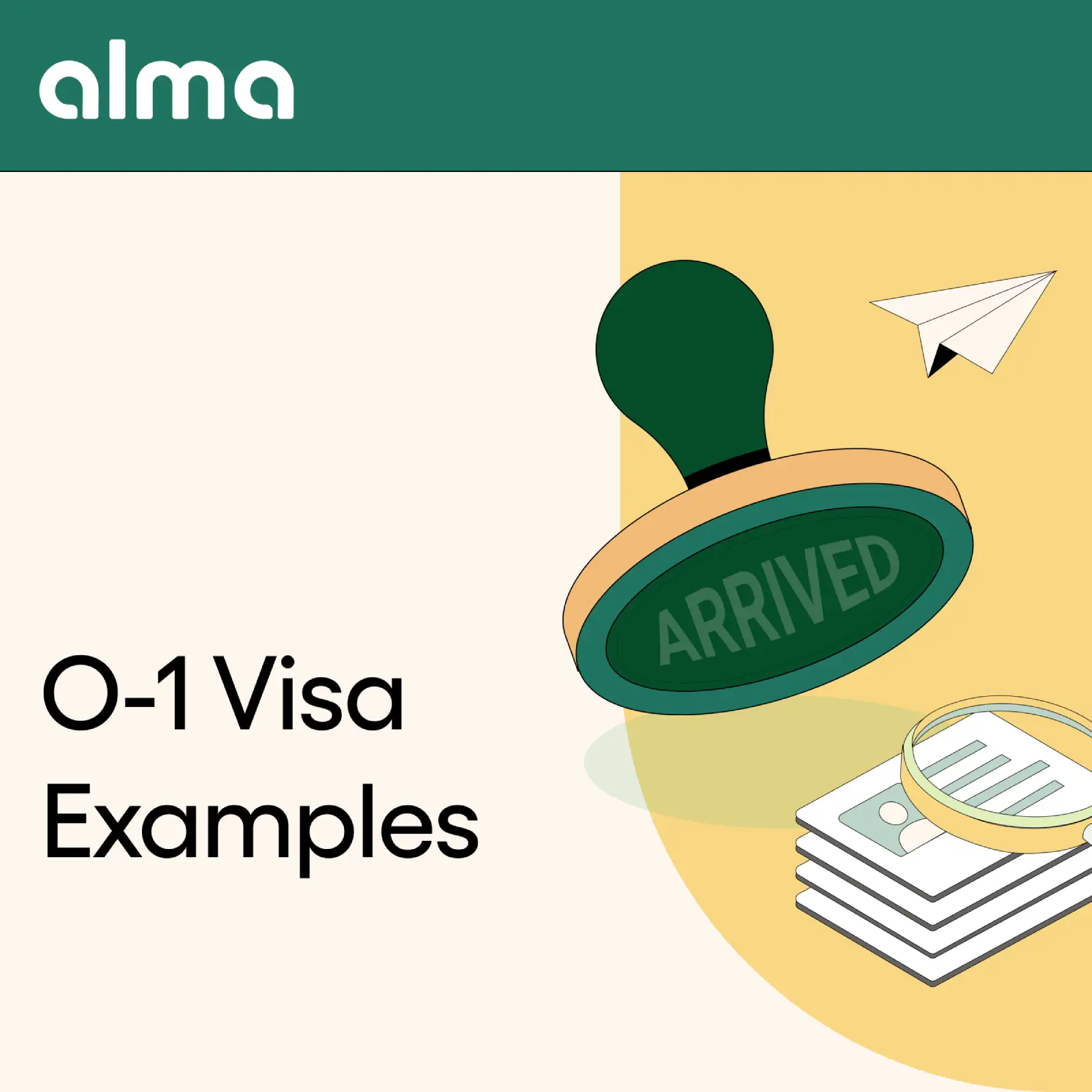- H-1B approvals reached nearly 400,000 in FY 2024 - Double the approvals from fiscal year 2000, with denial rates dropping to just 2% - the lowest since 2009
- Employment-based green cards show 90% approval rate - With 119,028 approvals out of 132,513 completed cases in FY 2024, success rates remain exceptionally high for qualified applicants
- H-1B lottery registrations dropped 38.6% after new rules - FY 2025 saw eligible registrations decrease significantly due to beneficiary-centric selection, reducing system gaming
- Processing times average 13.2 months for green cards - Employment-based applications take 10.7 to 25.3 months depending on category, making early filing critical
- PERM labor certification now takes 472 days - Department of Labor processing for analyst review cases extends well beyond a year, impacting EB-2 and EB-3 timelines
Comprehensive data analysis from USCIS reports, State Department bulletins, and immigration research organizations
The employment-based immigration landscape presents both opportunities and challenges for skilled professionals seeking to work in the United States. Understanding these statistics helps applicants and employers make informed decisions about visa strategies. Companies using Alma's immigration platform gain real-time visibility into processing trends and approval rates, turning data into actionable immigration strategies.
H-1B Visa Lottery and Approval Statistics
- Nearly 400,000 H-1B applications approved in fiscal year 2024. USCIS approved nearly 400,000 applications in FY 2024, more than double the approvals from fiscal year 2000. This dramatic increase reflects growing demand for specialized talent and improved processing efficiency. The high approval volume demonstrates the H-1B program's continued viability for skilled professionals seeking U.S. employment opportunities.
- H-1B denial rates dropped to just 2% in 2022. After reaching a peak of 15% in 2018, denial rates plummeted to just 2% in 2022 - the lowest rate since 2009. This significant improvement means properly prepared applications face minimal rejection risk. Companies leveraging Alma's filing services benefit from expert preparation that aligns with current adjudication standards.
- 65% of H-1B approvals were renewal applications in 2024. The majority of approvals - 65% in 2024 - were for renewal applications rather than new initial employment. This statistic highlights the importance of maintaining valid status and planning extensions well in advance. The high renewal percentage also indicates strong retention of H-1B talent already in the United States.
- 479,953 total H-1B registrations submitted for FY 2025. The FY 2025 H-1B cap saw 479,953 total registrations, with 470,342 deemed eligible and 120,603 selected in the lottery. Despite high numbers, the new beneficiary-centric selection process has created a more equitable system. Startups using Alma's registration service at just $500 per registration maximize their chances while minimizing administrative burden.
- 38.6% decrease in eligible H-1B registrations year-over-year. The implementation of beneficiary-centric selection resulted in eligible registrations decreasing by 38.6% in FY 2025 compared to the previous year. This reduction largely eliminated duplicate registrations that previously gamed the system. The cleaner lottery process benefits legitimate employers and reduces fraud.
Employment-Based Green Card Success Rates
- 90% approval rate for employment-based green card applications. Employment-based green card applications achieved an impressive 90% approval rate in FY 2024, with 119,028 approvals from 132,513 completed cases. This exceptional success rate demonstrates that well-prepared petitions consistently succeed. Alma's green card services leverage this high approval environment with expert documentation strategies.
- 150,037 employment-based visas available for FY 2025. The State Department allocated 150,037 employment-based preference visas for fiscal year 2025. This number represents a slight increase from the standard 140,000 due to unused family-based visas rolling over. The additional visas provide expanded opportunities for skilled workers and their families.
- 28.6% of employment limit allocated to EB-2 category. The EB-2 category for advanced degree holders receives 28.6% of worldwide employment-based visa limit annually. This substantial allocation reflects the priority placed on highly educated professionals. Candidates with advanced degrees benefit from Alma's NIW guide to maximize their petition strength.
- 129,814 employment-based green card applications filed in FY 2024. USCIS received 129,814 employment-based green card applications in fiscal year 2024. This filing volume indicates sustained demand for permanent residence pathways. The consistent application flow underscores the importance of efficient case management systems.
- 13,485 employment-based applications denied in FY 2024. While approval rates remain high, 13,485 applications faced denial in FY 2024, representing approximately 10% of total adjudications. These denials often result from incomplete documentation or eligibility issues. Professional legal guidance significantly reduces denial risk through comprehensive preparation.
Processing Times and Backlogs
- Average processing time of 13.2 months for green cards. Employment-based green card applications currently average 13.2 months processing, ranging from 10.7 to 25.3 months depending on category. These extended timelines require strategic planning and patience. Alma's tracking platform provides real-time updates throughout the lengthy process.
- PERM labor certification takes 472 days for analyst review. The Department of Labor's PERM processing for analyst review cases now extends to 472 calendar days. This timeline affects EB-2 and EB-3 categories requiring labor certification. Early initiation of PERM applications becomes critical for maintaining employee retention.
- 32% of backlogged immigrants considering leaving the U.S.. The immigration backlog crisis has reached a tipping point, with 32% seriously considering returning to their home countries. This potential brain drain threatens American innovation and competitiveness. Efficient processing through services like Alma's growth plan helps companies retain valuable talent.
- Some countries face 25-year waits for green cards. Due to per-country quotas, applicants from certain countries must wait upwards of 25 years from application submission to green card availability. These extreme delays primarily affect Indian and Chinese nationals. Alternative strategies like O-1 visas provide interim solutions for exceptional candidates.
Geographic Distribution and Market Trends
- New York metro area received 55,000+ H-1B approvals. The New York metropolitan area dominated H-1B approvals with more than 55,000 in 2023, far exceeding other regions. This concentration reflects the area's tech, finance, and professional services sectors. Companies in major metros benefit from established immigration infrastructure and legal expertise.
- College Station, Texas leads in H-1B concentration. Despite lower absolute numbers, College Station shows the highest H-1B density with approximately 7 approvals per 100 workers in fiscal year 2023. This concentration indicates specific regional talent needs and university connections. Smaller markets often offer faster processing and less competition.
- E-2 visa approvals hit record 54,364 in 2024. Treaty investor visas reached unprecedented levels with 54,364 issuances in 2024, surpassing 2023's 52,308. This growth reflects increasing interest in entrepreneur and investor pathways. Alma's visa services help investors capitalize on this expanding opportunity.
Quota Limitations and Their Impact
- EAD applications expected to reach 4.6 million in FY 2024. Work authorization applications are projected to increase from 3.49 million in FY 2023 to 4.6 million in FY 2024. This 32% surge strains USCIS processing capacity and extends wait times. Proactive renewal filing and status maintenance become essential for continuous work authorization.
Frequently Asked Questions
The FY 2025 H-1B lottery selected 120,603 from 470,342 eligible registrations, representing approximately a 25.6% selection rate. This improved from previous years due to the elimination of duplicate registrations under the new beneficiary-centric system. Alma's lottery registration at $500 provides cost-effective entry into this competitive process.
EB-3 processing involves multiple stages: PERM takes 472 days for analyst review, followed by I-140 processing, then waiting for priority dates to become current. Total timeline varies dramatically by country of birth, with some facing decades-long waits. Alma's services include comprehensive timeline planning and alternative strategy recommendations.
Among major categories, H-1B renewals show the highest success with 65% of approvals being extensions rather than new petitions. For new applications, TN visas for Canadian and Mexican professionals typically achieve near-perfect approval rates when properly documented.
The United States allocates 150,037 employment-based immigrant visas for FY 2025, including unused family-based numbers. This represents about 14% of total annual immigration. Alma's enterprise solutions help large companies maximize their share of these limited visas through strategic planning.
.png)







